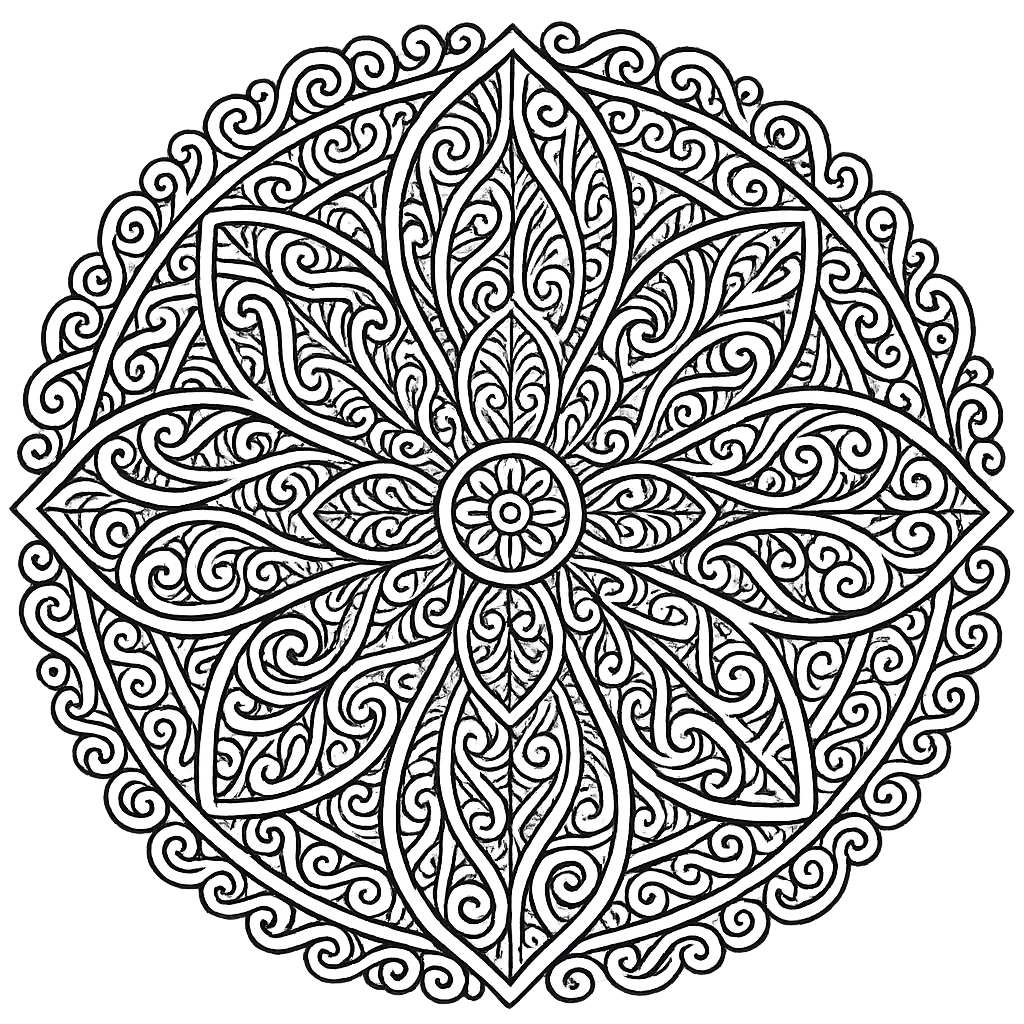Exploring the Historical Māori Greeting: The Hongi
Hongi - Limestone Carving by Brett Keno
See more of Brett and Christine Keno’s mahi here https://www.kenosculpture.co.nz/
The Hongi, a traditional Māori greeting, holds a significant place in New Zealand’s indigenous culture. More than a mere form of salutation, the Hongi serves as a profound representation of community, respect, and shared existence. By pressing their noses and foreheads together, participants in a Hongi not only acknowledge each other's presence but also, symbolically, share a breath of life.
Historical and Cultural Context
Originating from Māori, the Hongi is deeply embedded in our nation's cultural heritage. Historically, this greeting not only served as a sign of peaceful interaction but also played a pivotal role in ceremonies and social gatherings. It's believed that the practice dates back to the Māori myths of creation, where the god Tane breathed life into the first human, reinforcing the Hongi's symbolic association with 'the breath of life' or 'ha'.
Meaning and Symbolism
The Hongi encompasses rich layers of meaning and symbolism. At its core, the act represents the mingling of souls. Through the exchange of the breath of life, individuals acknowledge their shared humanity and connectivity. It transcends the mere physical realm, fostering a spiritual and emotional bond between people. Moreover, in Māori culture, the head is considered the most sacred part of the body, making the Hongi a deeply respectful acknowledgment.
Research Findings
Emerging research underscores the Hongi's multifaceted benefits, ranging from physical health to socio-cultural implications. Some studies suggest that the practice may strengthen communal bonds and foster feelings of trust and security among individuals. Furthermore, the emotionally charged nature of the Hongi can promote psychological well-being by reinforcing social connections and belonging. These findings highlight how traditional practices can have enduring health and social benefits, echoing the wisdom of indigenous cultural practices.
Controversies and Issues
Despite its rich cultural significance, the Hongi has encountered challenges, particularly within the sphere of cultural appropriation and misunderstanding. As global interest in Māori culture grows, it's vital to approach the Hongi with sensitivity and respect. Misappropriations or casual adoptions of the practice without understanding its depth and significance can lead to cultural insensitivity.
Conclusion
The Hongi is more than a greeting; it is a testament to the rich cultural tapestry of the Maori people, embodying principles of respect, shared existence, and community. Understanding and respecting the profound significance of the Hongi is crucial for both honouring Māori traditions and fostering cross-cultural appreciation. As the global community becomes increasingly intertwined, celebrating such cultural practices offers a pathway towards greater empathy and unity.
For those eager to delve deeper into the essence of the Hongi and Māori culture, a wealth of resources are available. Engaging with cultural exhibitions, academic studies, and direct dialogues with Māori communities can enrich one's appreciation and understanding of this significant cultural practice.
By embracing the spirit of the Hongi, we can all contribute to a world more appreciative of its diverse cultural landscapes, promoting a mutual respect that transcends boundaries and histories.
Hongi by Brett Keno (Ngāi Te Rangi, Ngāti Ranginui, and Ngāi Tahu)
Brett’s thoughts about the making of the Hongi.
“The idea of flowing hair out of stone intrigued me, the idea of two people in a Hongi I hoped might create that intimate connection with the audience, and it was to be my first attempt at a face.
The idea began with a sketch of Papatuanuku (with her hair cascading over the hills and mountains) and Ranginui staring down at her, but it later became all about the hair. I lacked the confidence to consider a 3D sculpture, so I embarked on a front-facing 2D design. Not having hair, I would stare at every woman who passed by to see how it fell. The last thing I wanted was a bad hairstyle.
The hair took me a week leaving me a few days to do the other face at which point I decided not to worry about hair for him. It wasn't till later that other people pointed out the similarity to me and Christine ...it was not the intention.” - Brett
This piece stands proud in the Keno Whanau Garden in Otaki.
Written by Tony Cutting (Ngāti Toa Rangatira)
for Aotearoa Today
Enjoy this article - Buy me a Coffee
















Lisa was born in Auckland at the start of the 1970s, living in a small campsite community on the North Shore called Browns Bay. She spent a significant part of her life with her grandparents, often hanging out at the beaches. Lisa has many happy memories from those days at Browns Bay beach, where fish were plentiful on the point and the ocean was rich in seaweed. She played in the water for hours, going home totally “sun-kissed.” “An adorable time to grow up,” Lisa tells me.
Lisa enjoyed many sports; she was a keen tennis player and netballer, playing in the top teams for her age right up until the family moved to Wellington. Lisa was fifteen years old, which unfortunately marked the end of her sporting career. Local teams were well established in Wellington, and her attention was drawn elsewhere.